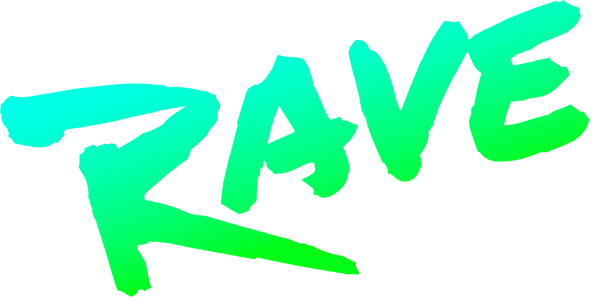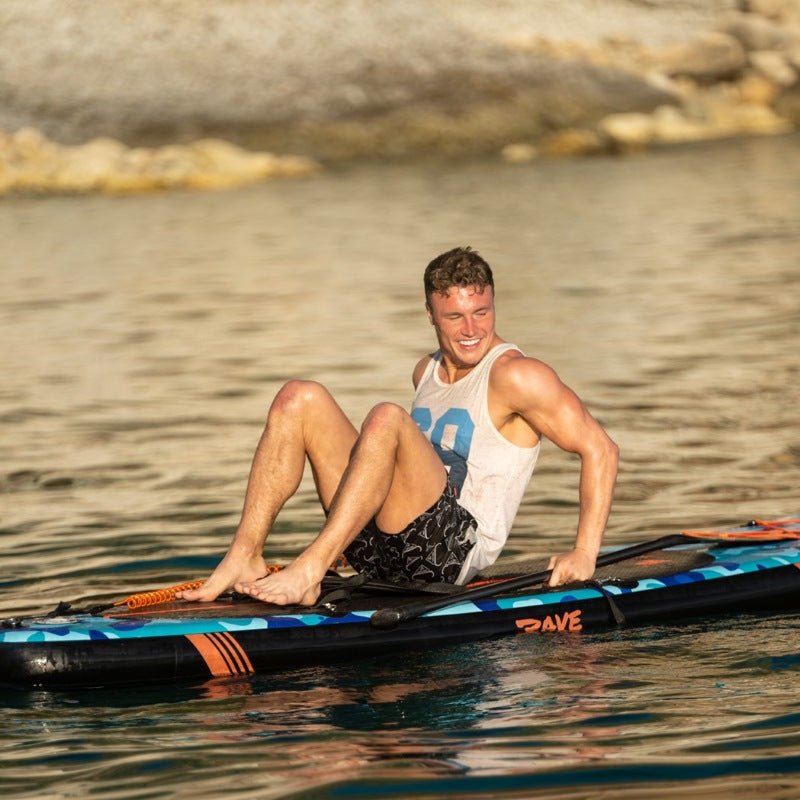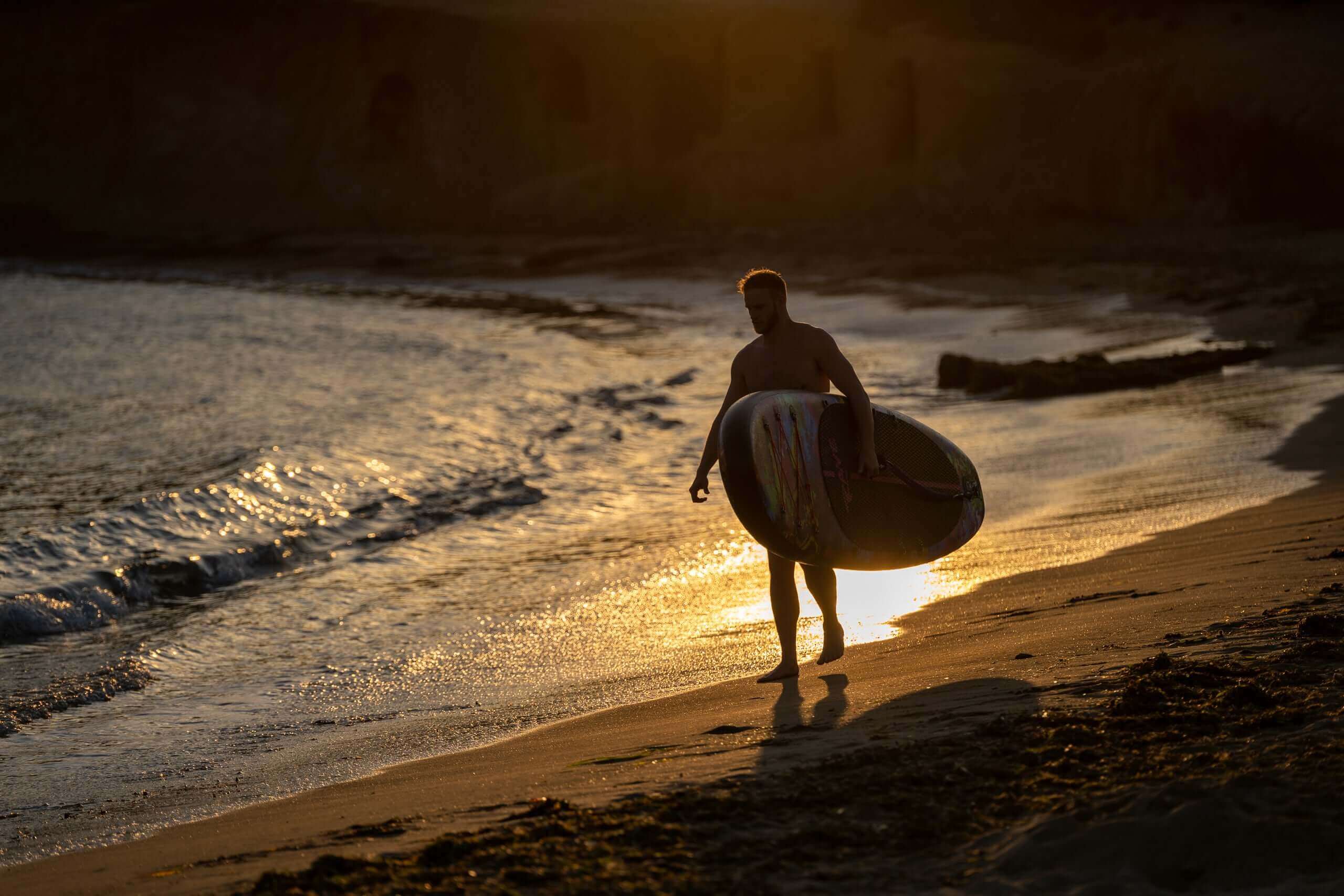I consider myself to be an experienced paddleboarder, but there are instances where I still fall off my board or have to climb off into the water. It’s unavoidable! As a result, you have to learn how to get back on a paddle board too - not from the shore, but when you are in the water and this is what I discuss below.
First, Master Falling off With Style
Before we learn how to get back on a paddle board, you need to know how to fall off safely too and this includes:
- Fall flat to avoid sinking.
- Fall away from your board to avoid injury.
- Hold onto your paddle if possible.
- Keep an eye on where your board goes.
You should essentially try to fall off on either side of your board - not the nose or tail. Don’t try and grab the board as you fall, and try to keep hold of your paddle and watch if the board moves so you can easily grab it once you are in the water.
Next, Climb Back on Like a Pro
After a graceful fall, stay calm. Don’t flail and panic as you will expend more energy and potentially put yourself in a dangerous situation. You can then look at climbing back onto your board.
Positioning the paddleboard
First, position yourself at the side of the paddle board, and place one arm with the paddle over the top of the board and hold onto the carry handle. This gives you stability and allows you a chance to catch your breath if you need to.
Getting back on from the side
While holding onto the carry handle at the side of your board place your free arm over the board and hold onto the rail on the opposite side. Swing the leg closest to the tail up and onto the board, using your arm clasping the rail for leverage. At the same time as swinging your leg over, use the momentum to swing your body up and onto the board too.
You can then pull yourself forward up the board and get into a kneeling position at the centre of gravity before standing up.
Getting back on from the tail
Depending on how long your arms are, and how wide your board is, you may find it easier to climb onto your board towards the tail. The tail tapers off and is narrower which makes it easier to grip onto the opposite rail and swing yourself up. Just be wary that when climbing onto the board from the tail, the nose could tilt up a little if you swing up too quickly.
Paddle Board Mounting Tips

With this advice, you should now be able to learn how to get back on a paddle board but we can go one step further and learn some additional tips.
Inflatable SUPs are easier to climb onto if you are smaller
If you’re a little shorter, around the 5ft mark, you could find it harder to climb back onto a rigid paddle board. In this instance, an inflatable SUP would be better with a thickness of around 4”, you should be able to climb onto this much easier.
A knotted rope or stirrup can help
Depending on your upper body and arm strength you may still struggle to climb back onto a paddle board when in the water. If you aren’t confident, consider using a stirrup or knotted rope for assistance.
A stirrup (like people use in horse riding) or a rope with a large knot at one end can be attached to the D-ring or leash string of your paddle board. You can then throw it over the side and use it as a “leg up”. Just place your foot through the stirrup or onto the knot and this should give you leverage.
Practice in shallow waters first
It can be daunting trying to climb back onto your paddle board for the first time in deep waters where you can’t stand up. To remedy this and build confidence I advise learning how to get back on a paddle board in shallow waters first.
You can stand up without any risk of submersion or drowning, and practice climbing onto the board in relatively safety.
You Will Fall in, So Don’t Neglect Learning How to Get Back on a Paddle Board!
I know that in an ideal world, we all want to be perfect and never fall in, but this ain’t happening! Prepare for the worst and learn how to get back on a paddle board because even seasoned pros like myself still have to climb back on after an embarrassing topple! The key is to practice and perfect your technique, but also climb back on in a manner that you are most comfortable with.




